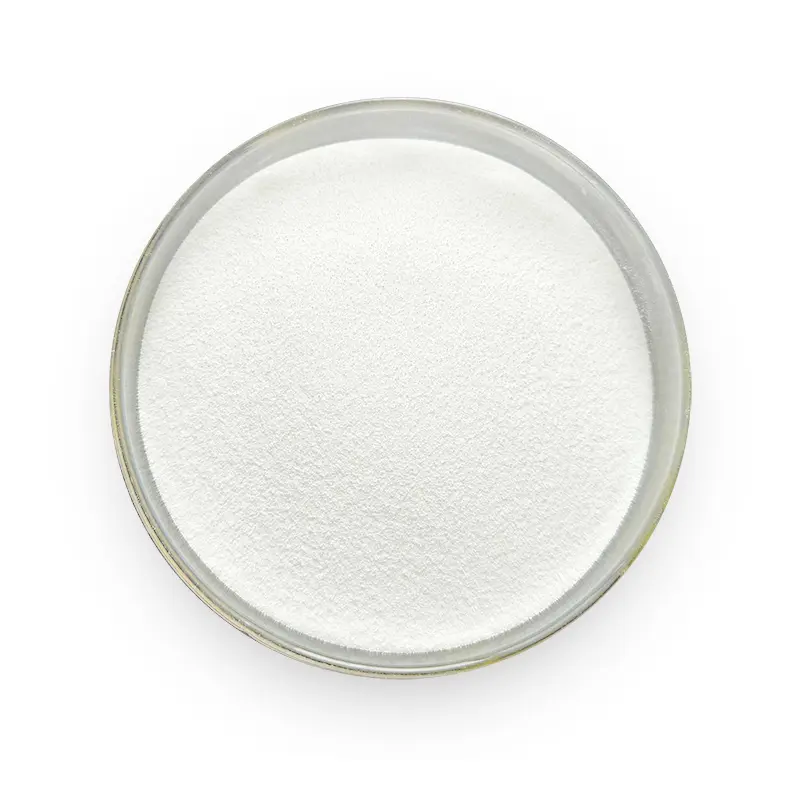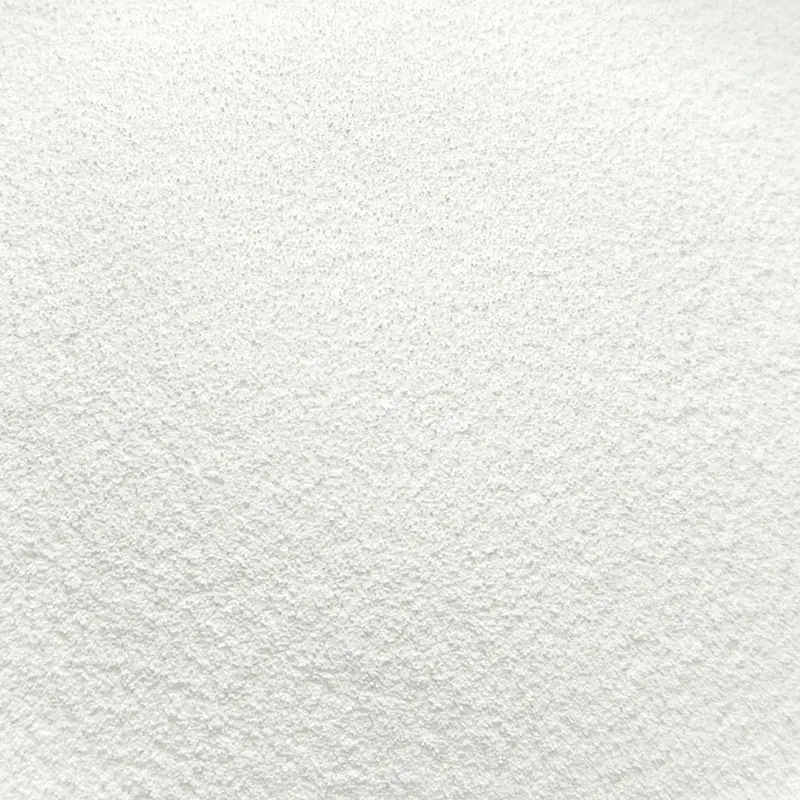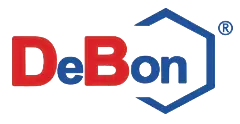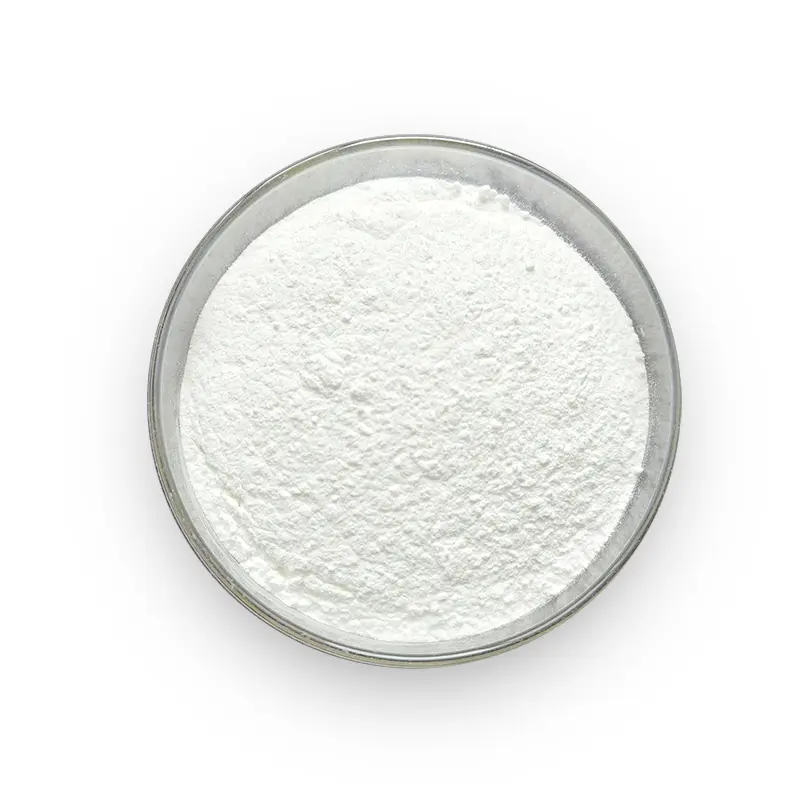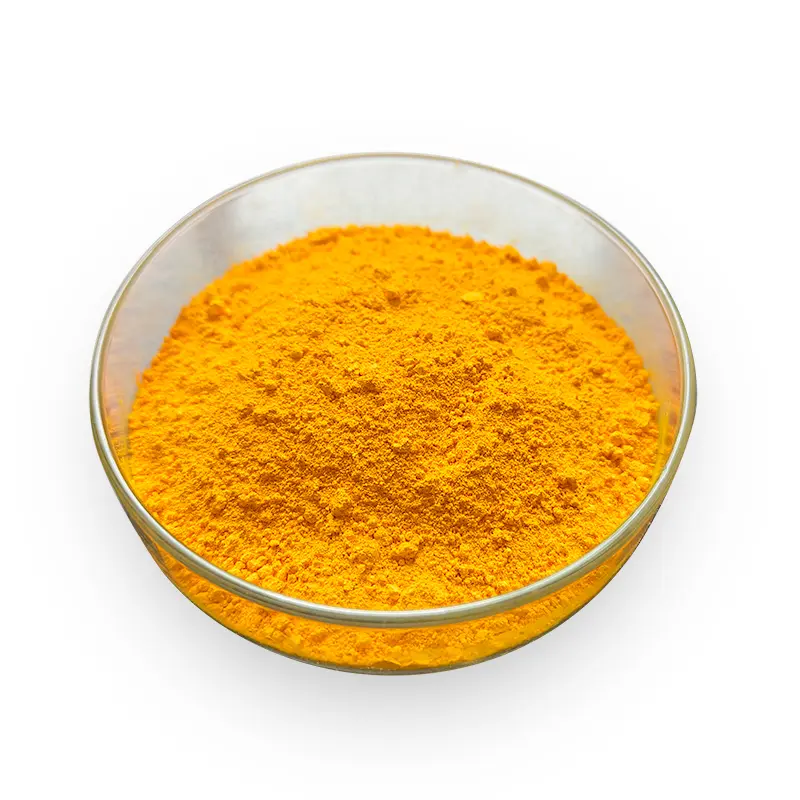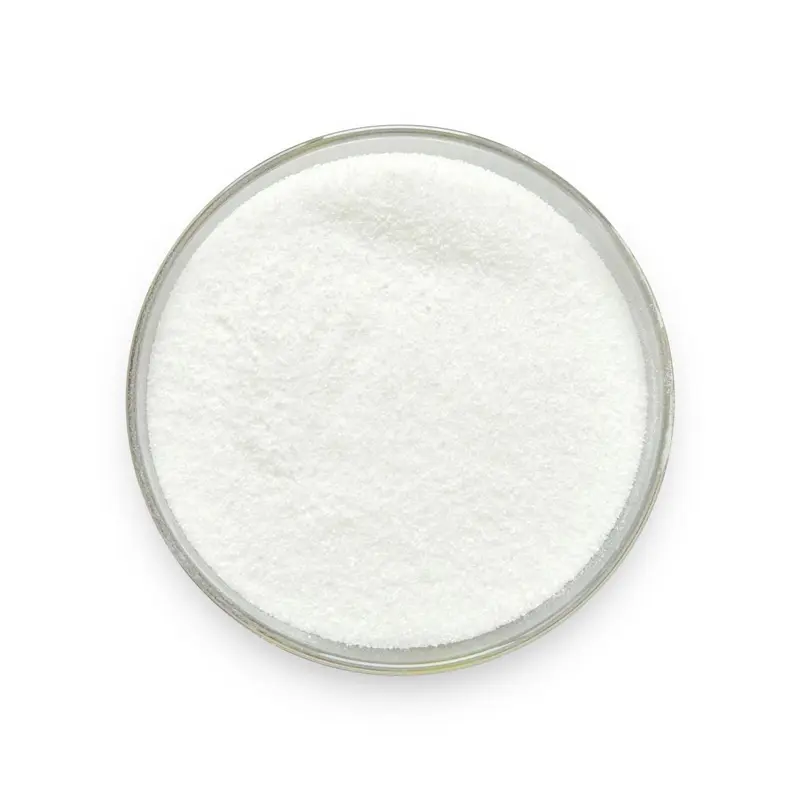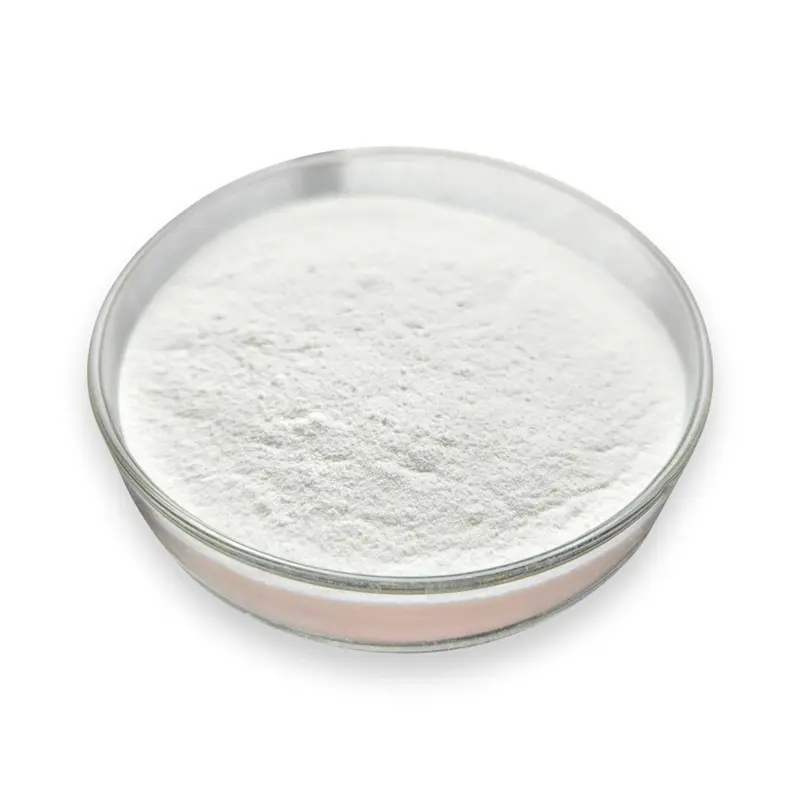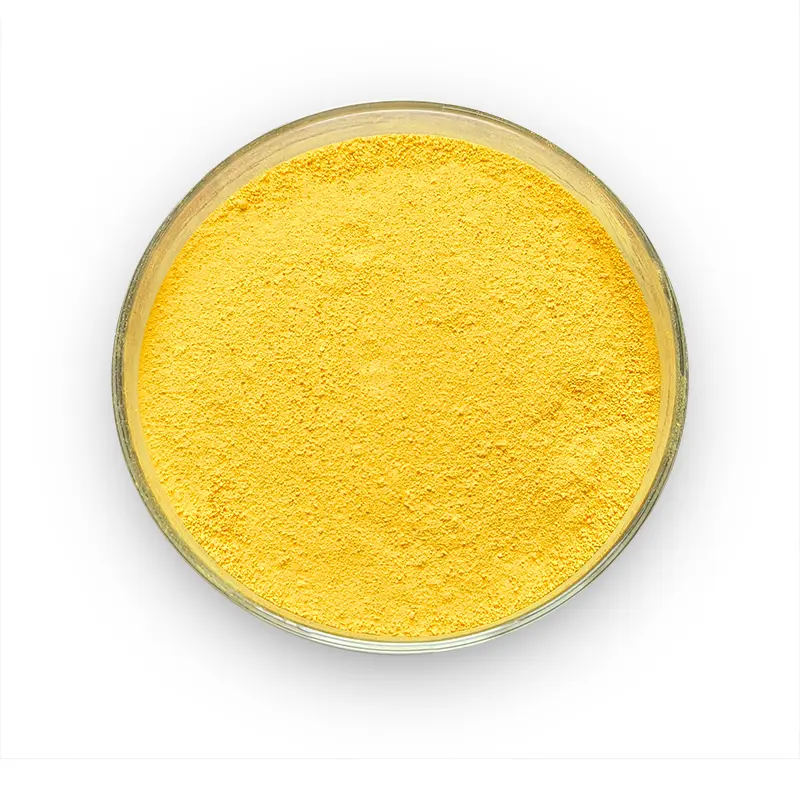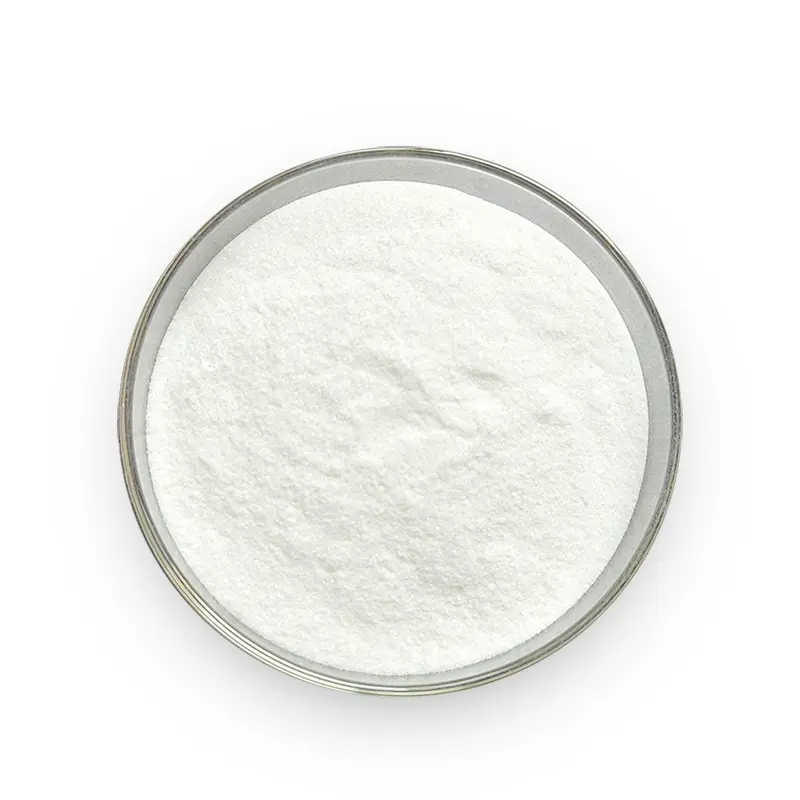DeBon Advanced High-Solubility Vitamin B3 (Nicotinamide) Feed Additive
Product Specifications
| Product Name | Vitamin B3 (Nicotinamide) |
| Chemical Name | 3-Pyridinecarboxamide |
| Specification |
Nicotinamide (C₆H₆N₂O): ≥ 99.0% Loss on Drying: ≤ 0.5% Melting Point: 128.0–131.0°C pH (10% solution): 5.5–7.5 Residue on Ignition: ≤ 0.10% Heavy Metals (as Pb): ≤ 20 mg/kg Total Arsenic (as As): ≤ 2 mg/kg |
| Appearance | White crystalline powder |
| Compliance Standard | GB 7301-2017 (China National Standard). |
Functions
Nicotinamide (Vitamin B3) is essential for:
Supporting energy metabolism and cellular redox reactions.
Maintaining skin health and proper nervous system function in livestock.
Enhancing digestive efficiency and overall growth performance.
Storage & packing
Storage Conditions
Store in a cool, dry place, protected from sunlight and moisture.
Avoid contamination with toxic or hazardous substances.
Packaging
Net Weight: 25 kg per box.
Usage and Dosage
Add according to the Feed Additive Safety Guidelines or formulation requirements.
Typical dosage ranges for general livestock and poultry (adjust based on species and growth stage):
General Recommendation: 20–50 mg/kg of feed (consult a nutritionist for precise dosing).
Poultry: 30–50 mg/kg of complete feed
Swine: 40–60 mg/kg
Ruminants: 50–80 mg/kg (increase during heat stress)
Safety Warnings
Causes serious eye irritation.
Wear protective gloves, eye/face protection during handling.
In case of contact with eyes: Rinse cautiously with water for several minutes.
Remove contact lenses if present and easy to do. Continue rinsing.
Seek medical attention if irritation persists.
FAQs
1. What are the key benefits of Nicotinamide in animal nutrition?
Nicotinamide (Vitamin B3) is essential for energy metabolism, NAD/NADP coenzyme synthesis, and skin/digestive health in livestock. It prevents pellagra in swine, improves feathering in poultry, and enhances milk yield in dairy cows. Its water-soluble nature ensures rapid absorption.
2.How stable is Nicotinamide during feed processing?
Heat Stability: Retains 98% activity after pelleting at 85°C for 2 minutes.
pH Sensitivity: Stable in pH 4–8. Avoid alkaline premixes (pH >9) without acid buffers.
Warning: Prolonged UV exposure causes degradation – use light-proof packaging.
3.Can it be mixed with choline chloride or trace minerals?
• Compatible: Choline chloride (<60%), Zinc oxide, Organic selenium.
• Incompatible:
Copper sulfate (>200 ppm): Forms insoluble complexes – use coated copper sources.
Sodium bicarbonate (alkaline premixes): Neutralizes efficacy – pre-mix with acidifiers.
Compatibility
Compatible With:
| Category | Examples | Best Practice |
| Vitamins | B1 (Thiamine), B5 (Pantothenic acid) | Add B3 after B1 in mixing sequence |
| Antioxidants | Vitamin E, Ethoxyquin | Synergistic oxidative protection |
| Acidifiers | Fumaric acid, Lactic acid | Stabilizes in acidic premixes |
| Enzymes | Phytase, Protease | No interference observed |
Incompatible With:
| Substance | Risk | Mitigation Strategy |
| Alkaline binders (e.g., bentonite) | Reduces bioavailability | Pre-mix with acidifiers (pH 5–6) |
| High-dose iron (Fe >500 ppm) | Chelation reaction | Use organic iron sources (e.g., Fe proteinate) |
| Sulfonamides | Competitive absorption inhibition | Administer 3 hours apart from feed |
| Ethanol (liquid feed systems) | Solubility conflict | Use dry premix or post-fermentation addition |
product details
